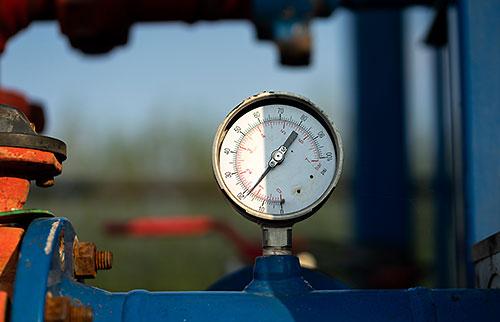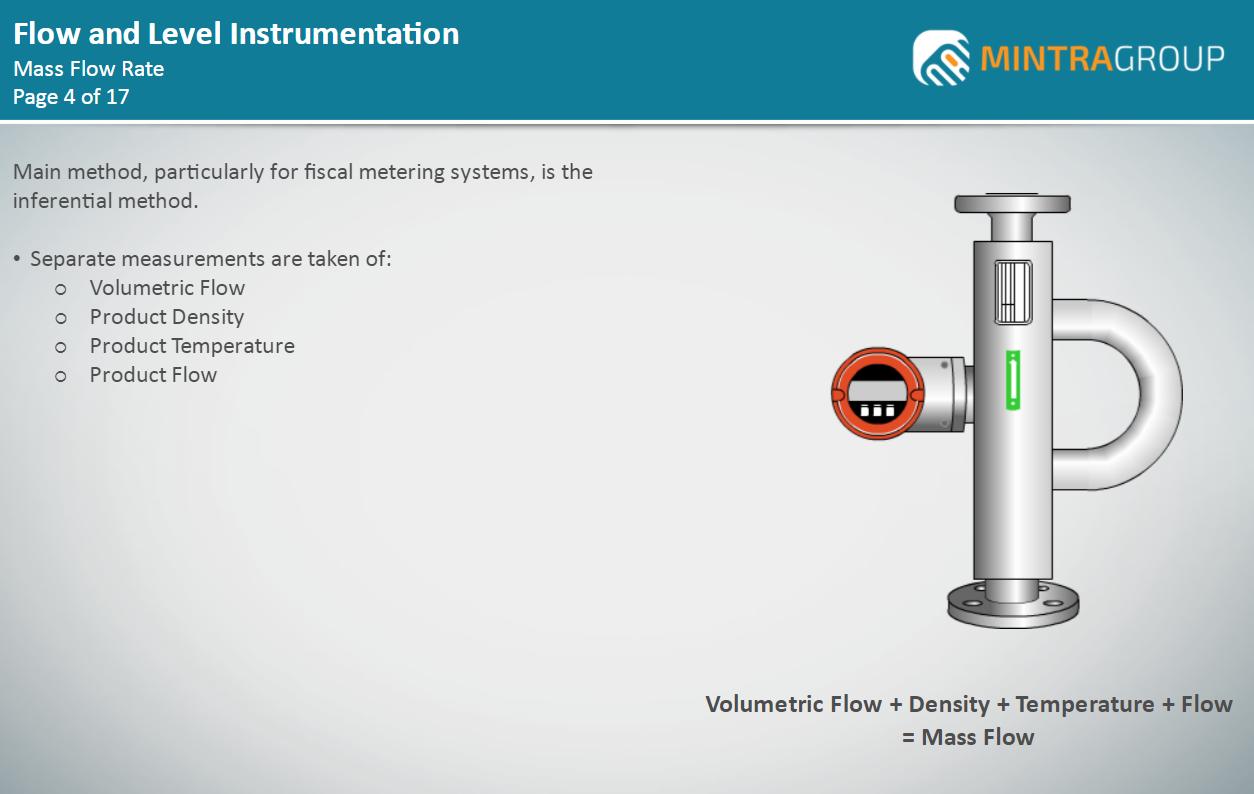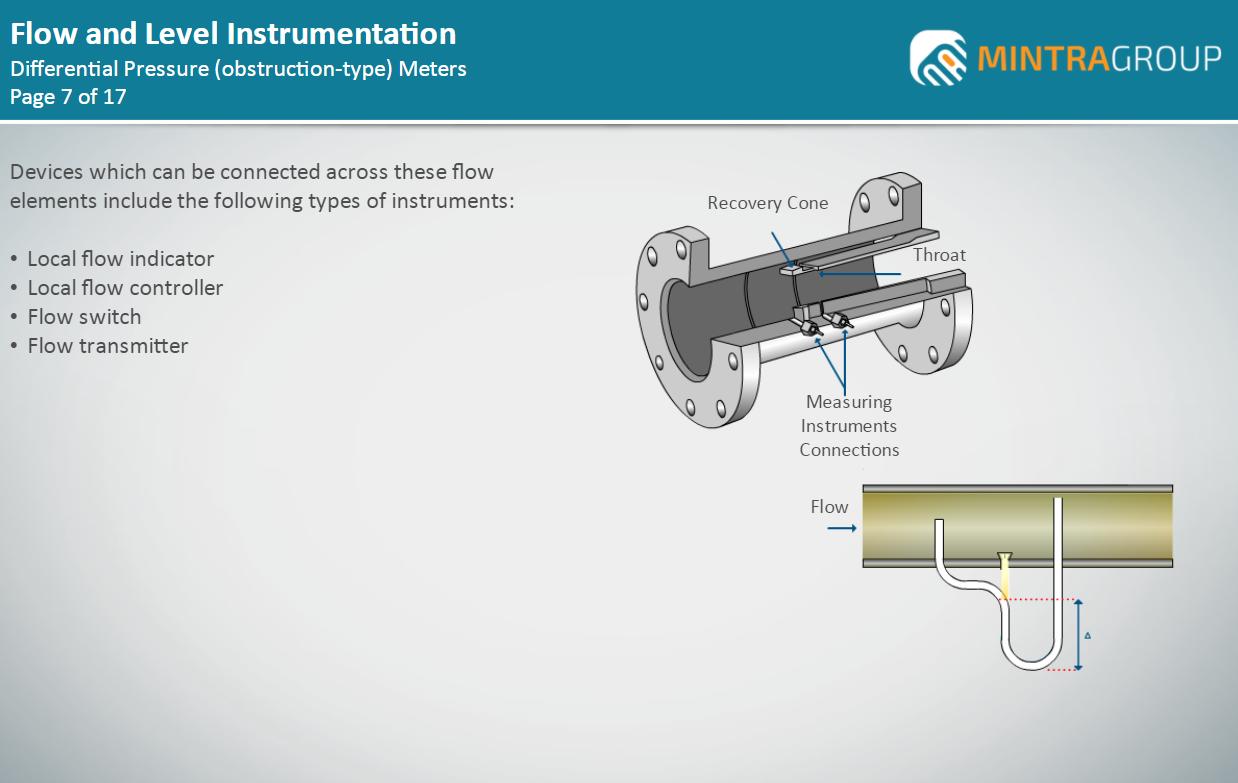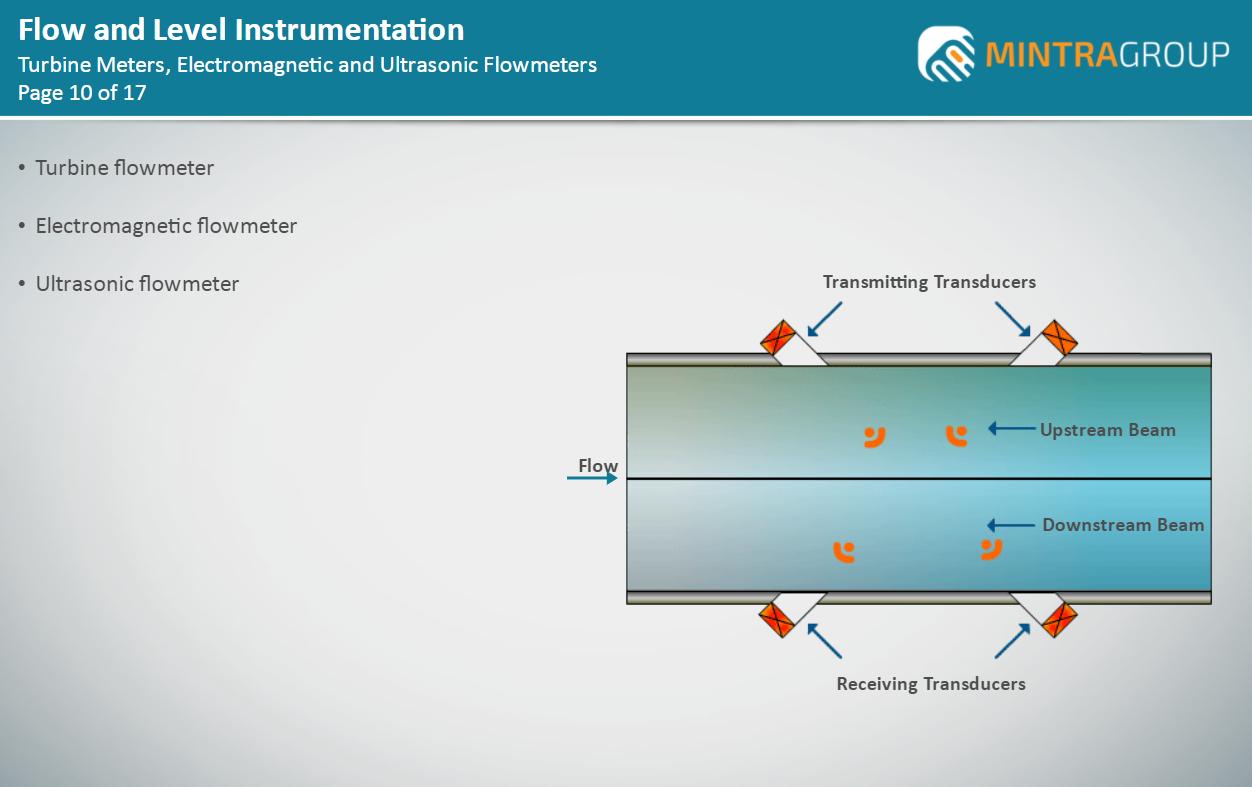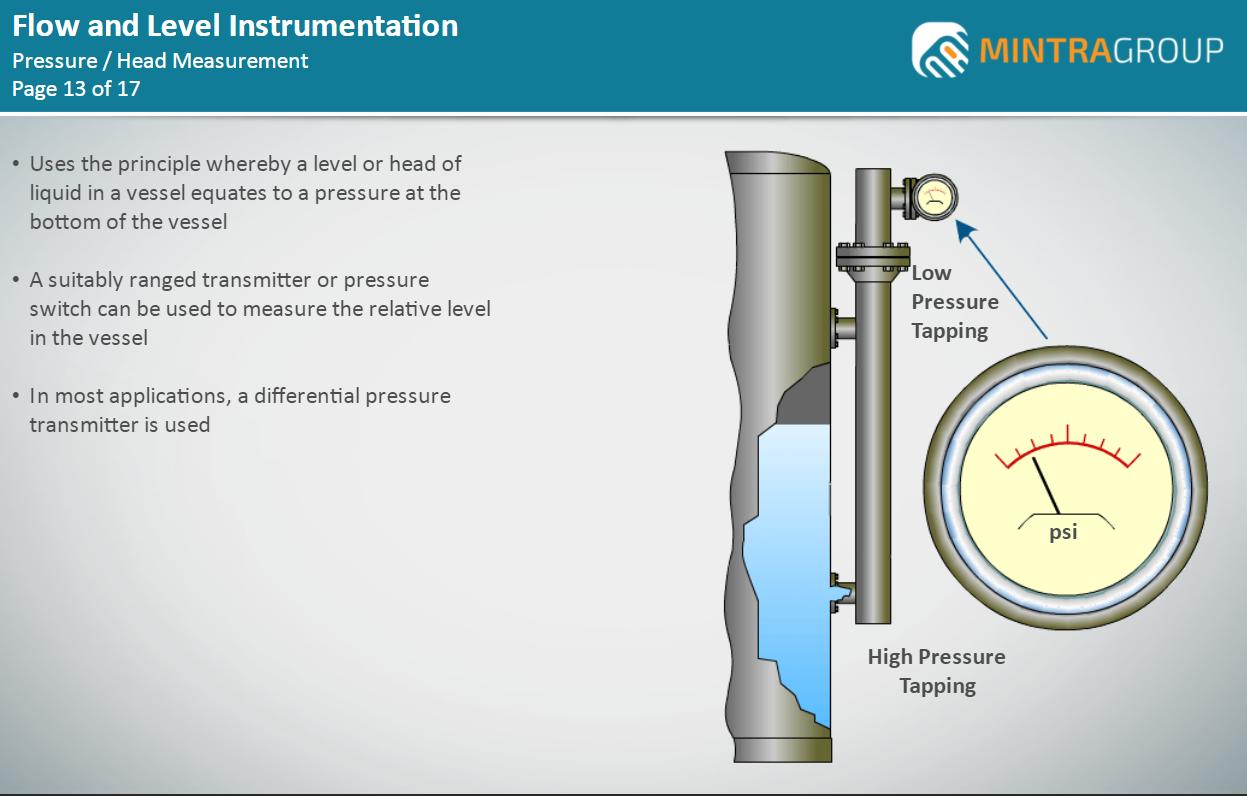Buy and assign to
multiple learners
Instant access
via email link
Instant certificate
via email
Further Information - Introduction to Flow and Level Instrumentation Training
Description
| Who is the course for? This Introduction to Flow and Level Instrumentation Training course is aimed at individuals working in the process industries who are required to work with flow and level monitoring equipment. As an introductory course it is particularly suited to those who are new to their role or industry. Is previous experience required? You do not need prior knowledge or experience to complete this course. How will the course benefit me? Flow and level are two of the parameters that must be closely monitored on process systems to ensure correct and safe operation. This course will give you a basic understanding of how they are measured and monitored. The knowledge gained in this course will help you to stay safe in your day-to-day activities working with process systems. It will also identify the common types of instrument used to monitor flow and levels. How will the course benefit my company? By ensuring you are fully aware of how to use flow and level instrumentation, you can work safely with process equipment and help to reduce the risk of an incident occurring at your workplace. What standards are referenced in the course? This course does not refer to specific legislation or standards but is written to current HSE guidelines, industry best practice and standard operating procedures. Is there an assessment? Once you have completed the course, you will be asked a series of questions to check your knowledge and understanding. These are based on the learning objectives for the course and have a pass mark of 80%. |
Learning Objectives
• Explain the basic principles of flow measurement
• Identify how to measure the mass flow rate.
• Describe what is meant by the term volume flow rate.
• Identify the different types of differential pressure (obstruction-type) meters that can be used for flow measurement.
• Identify the range of devices that can be connected to tapping points across the flow elements belonging to differential pressure (obstruction-type) meters
• Describe the different types of differential pressure (obstruction-type) devices that are found inside differential (obstruction-type) pressure meters.
• Identify other common types of flow meters that do not use direct differential pressure techniques to measure flow conditions
• Explain turbine meters, electromagnetic flow meters and ultrasonic flow meters and their principles of operation
• Identify the different types of instruments that can be used for measuring liquid levels (and occasionally solid levels)
• Identify what a float/displacer (buoyancy) type liquid level measuring device is and its basic principles of operation
• Identify the different devices that measure liquid levels by pressure/hydrostatic means and their basic principles of operation
• Identify what a liquid purge or bubbler system liquid measuring device is and its principles of operation
• Identify what a nucleonic liquid level measuring device is and its basic principles of operation
• Describe the key components of a basic control loop
Assessment
Once you have completed the course, you will be asked a series of questions to check your knowledge and understanding. These are based on the learning objectives for the course and have a pass mark of 80%.
System Requirements
• Internet access - users will need a device with a web browser and internet connection
• System - runs on computers, tablets and mobile devices using Windows 7 and above and MAC OS devices running IOS 11 and above
• Browsers - Edge, Chrome, Firefox and Safari
• Minimum browser size - none
• Audio - requires device speaker or headphones
Reviews
Insights & News
At Mintra, we're so much more than just a team—we're a force driving innovation and excellence in maritime training across Europe.
We’re excited to be taking the stage at one of Europe’s leading showcases of organisational learning.
We are delighted to share the exciting news that our People and Culture team has been shortlisted for the prestigious cHeRries Awards!
